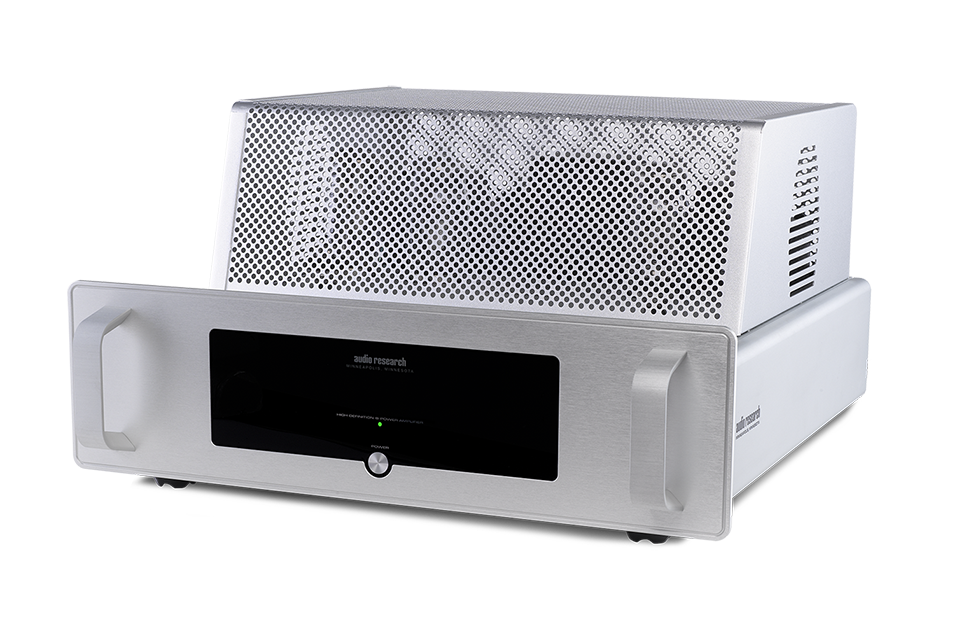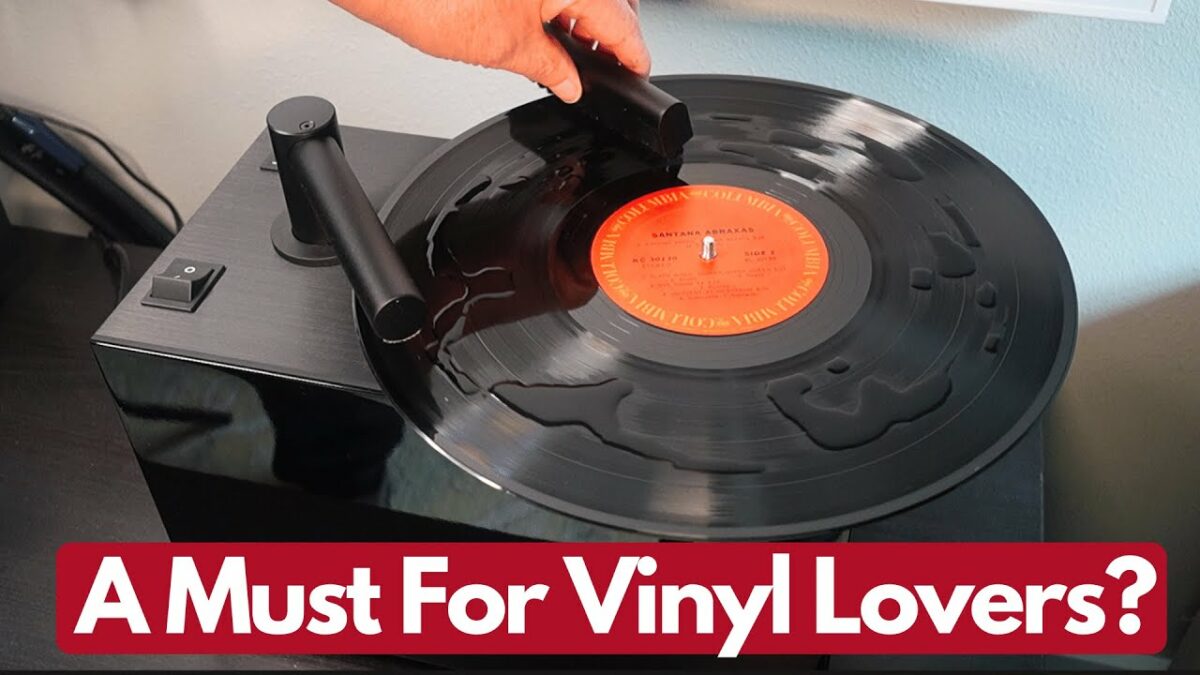
Audio Research Corporation VT80SE stereo amplifier
$8900
The latest version of this amplifier in Audio Research’s Foundation series, the VT80SE uses a hybrid circuit with JFETs along with 6H30 driver tubes and KT150 output tubes to produce 75Wpc. It also includes a first-for-Audio-Research auto-biasing system to automatically set the bias for the output tubes, which allows you to use a variety of other valves: 6550s, KT88s, KT90s, and KT120s. When the output tubes need replacing, all you have to do is plug in new ones and the biasing circuit automatically sets the bias for them. It also adjusts the bias as tubes age, assuring the best sound at all times. Whichever valves you use, the amplifier is protected from catastrophic tube failure by individual tube fuses. A timer shows how many hours are on the output tubes. The VT80SE exhibits Audio Research’s typical wide-open, detailed but not etched sound, with rich harmonic content and quick transients. Stylistically, the amplifier matches other components in the Foundation Series, which includes the LS28 linestage, the DAC9 DAC, and the PH9 phono preamp. It does not have a remote, but it can be turned on/off using the 12-volt trigger connection to the linestage. Like all recent Audio Research gear, it’s extremely quiet.

Syzygy Acoustics SLF870 subwoofer
$999 each
The hardest part of implementing a subwoofer in a system is achieving a seamless match to the main speakers. Syzygy makes that task easy by first automatically matching the SLF870 to your room, which makes integrating it with your main speaker a lot simpler. This is done with a sophisticated remote system—your iPhone. Syzygy’s app uses the cell phone’s microphone to measure internally generated test tones in the room and adjusts the subwoofer output for flat response. Then a sweep tone is used to match the main speakers and subwoofer. And the Syzygy offers another big advantage. Normally you have to run long, possibly expensive interconnects from your amp or preamp to the subwoofer; Syzygy elegantly avoids that problem by using a wireless transmitter to send the bass signal to the subwoofer. With a 1200-watt amplifier driving a 12″ woven-fiber woofer in a sealed enclosure, the SLF870 can generate respectable bass levels. And its 40-pound weight makes it easy to try out anywhere in the room. Removable rubber feet let you point the cone downward or forward. Oh, yeah, it’s also kind of a bargain at $999.

Mojo Audio Mystique V3 DAC
$7555 (balanced circuitry) or $5555 (unbalanced circuitry)
This DAC achieves excellent sound by avoiding the latest technological fad and focusing on doing basic functions fanatically well. There’s no MQA, DXD, or DSD; just a maximum of 192/24 PCM playback. Into a very heavy, non-resonant chassis, it packs an R2R ladder chip, very high quality parts, and numerous robust power supplies. Controls are limited to buttons, which select the three inputs, and an on/off switch in the rear. It made PCM files sound as good as the best I’ve heard—open, harmonically accurate, dynamically energetic. Very simple to operate: Just connect your cables, turn it on, and select the input you want to use. It doesn’t have or need a remote control.























